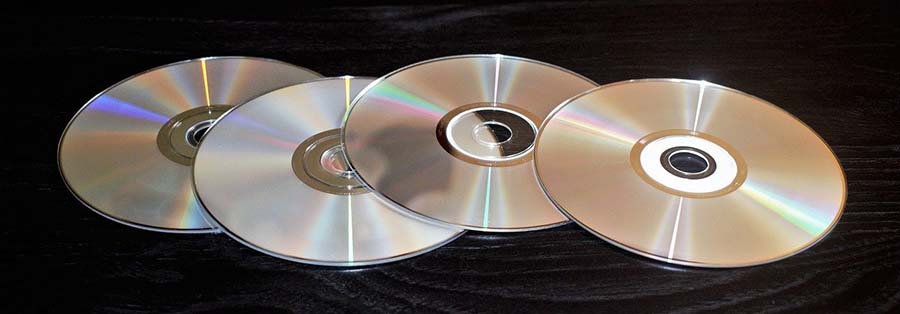In the 70s, 80s and 90s there was a serious boom in technology. Important inventions were made that shaped the course of technology forever. Come with us as we take a quick look into these inventions and their importance in history.
Cellular Phones
The 1970s wouldn’t have been the 1970s if we didn’t have the large cellular phone, otherwise known as ‘The Brick’. In 1973 the first demonstration of the handheld cellphone took place. This demonstration was by John F. Mitchell and Martin Cooper. Both men worked at the time with Motorola. At that time, the handheld phone weighed in at a whopping 2kg or 4.4lb. Not exactly a pocket phone yet.
Later in 1979, the first commercial automated cellular network was launched; this network was 1G. However, later in 1983, the first commercial mobile phone was launched by Motorola, which was a much smaller and more appealing version of the first edition. This commercial phone was known as the Motorola DynaTAC 8000x. At the time, the cellphone was able to give you 30 minutes of talk time, six hours of standby and could only store up to 30 numbers. It was also very expensive and cost over £2,000.
Unfortunately, with this new device, you could only do one thing. Make calls. You couldn’t text, watch movies, surf the web, play online slots in NJ with real money or anything like that, because a browser was unknown and the early internet was still almost two decades away. However, this invention played a very important part in mobile device technology. Today you can access the internet through a mobile device. We can work, surf the web, take videos and photos and do many other things, too numerous to mention here. But hey, everything has to start somewhere, right?
Pagers
Although we wouldn’t like to admit it, a pager was the equivalent of the modern-day WhatsApp. Pagers were small wireless devices used for communication. They could receive and display messages in text and sometimes voice. There were one-way pagers and two-way pagers but again, often very expensive.
The one-way pager could only receive messages. On the other hand, the two-way pager was able to receive messages and reply to messages. This was the first form of instant communication through text that set the foundation for instant messaging. It also made communication way easier during the 1980s and 1990s.

Portable Cassette Player
It wouldn’t be a look back in the past if there were no mention of the portable cassette player. The first cassette player was released in 1979 and was called the Sony Walkman. You could take music wherever you went with this device, which at the time was groundbreaking as well as being achingly cool. For the first time, you could walk down the street, wearing headphones and listen to music of your own choosing.
Previous versions of the device had been released, and with some of them you could record and play music back, but the Walkman could only play music. The difference, however, was that the Walkman was widely available to everyone, which gave it a real competitive edge.
Compact Disc
The Compact Disc, lovingly known to us as the CD, was first manufactured in 1982. These CDs were used to store and play music and, at the time, was the best way to do so. Later, they were used to store films and videos and put into DVD players, car radios and computers. These CDs became very convenient because they were also portable. They were billed as groundbreaking digital technology and that they could never get scratched. Groundbreaking they may have been but I’ve certainly had a few CDs get badly scratched over the years.

MiniDisc
After LPs, cassettes and CDs came MiniDisc. Kind of an amalgamation of all of the above. It was digital, but you could record on them. One of the main popular features was that it would very rarely skip if you knocked your portable MiniDisc player about, something that often happened with CD players. The MiniDisc didn’t achieve as much success as other formats, although it is dearly missed by the people that did love it.
Conclusion
The 70s, 80s and 90s laid the foundation for modern-day technology in many ways. We cannot think of modern-day technology without thinking of how everything began. This was the era of invention and of physical objects. Today’s innovation often comes in terms of memory space, battery life, software. Gadgets are a bit more homogenised now, often just a black rectangle, and what differentiates them is the software. In the past, each gadget had a physical character that set it apart from its competitors and, for many, gave them a certain charm.

